Magic mushrooms are just one of the many names that refer to a variety of different species of mushrooms, most of which belong to the Psilocybe genus. These mushrooms are commonly known for their visually-altering and euphoric effects when ingested, which is where the term ‘magic mushrooms’ come from. There is nothing magical about these mushrooms besides the fact that they contain an interesting psychoactive molecule called Psilocybin. In fact, there are over 200 species of mushroom that contain this molecule.
What is Psilocybin?
The molecule, Psilocybin, found in these specific mushrooms (often called magic mushrooms or psilocybin mushrooms) is a naturally occurring molecule that is very psychoactive and is responsible for the strong hallucinatory experience widely known to be had after consuming these mushrooms. Although these side effects might be viewed as unfavorable in the pharmaceutical industry, it is actually through these strong psychoactive effects that this molecule has shown its high potential for treating a variety of mental illnesses. The consumption of these mushrooms has been used in certain cultures for many years, however, in the United States, Psilocybin containing mushrooms have had a very convoluted and misunderstood reputation. Although currently classified as a schedule one substance, Psilocybin containing mushrooms have started to foster an increasingly positive reputation in the medical field for showing strong preliminary evidence to have high potential for treating a variety of mental illnesses like anxiety, depression, substance abuse addiction, and more.
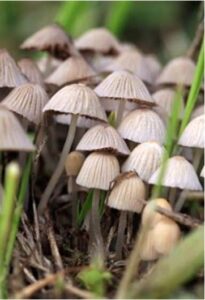

Psilocybe Cubensis Mushrooms. Another common species of ‘Magic Mushroom’ or ‘Psilocybin Mushroom’
What is the History of Magic Mushrooms?
Despite relatively recent medical studies done in the United States, the psychoactive effects of Psilocybin mushrooms have been recognized and used in ceremony for thousands of years by ancient cultures. It’s not clear exactly when psychedelic mushroom use first emerges in history, but the first evidence of these mushrooms appear in stone paintings said to be drawn on cave walls by Saharan aboriginal tribes of North Africa as early as 9000 BC (Tripping through Time: The Fascinating History of the Magic Mushroom). There is also evidence through statues, like the ones shown in the image below, that indicate the consumption of Psilocybin mushrooms by the Mayan civilization in ceremonial settings (Tripping through Time: The Fascinating History of the Magic Mushroom).

These mushrooms first became introduced to the United States in the late 1950’s by a man named Gordon R. Wasson who brought home a Psilocybin mushroom sample that he was given by the native Mazatec tribe while on a trip to Mexico in search of. In fact, the Mazatec called these mushrooms ‘the flesh of the gods’ and, “…had been using it in secret since before the Spanish conquest for healing and divination purposes” (How to Change Your Mind, 83). From this point, the psychedelic revolution in the United States really seemed to take off after both Albert Hofmann (the man who first synthesized LSD in 1939) and Wasson wrote about their first Psilocybin experience in a 1957 article published in Life magazine titled, “The Discovery of Mushrooms That Cause Strange Visions”.
Wasson explained in the article that on June 29-30th, 1955 he was allowed to take place in a sacred Mazatec mushroom ceremony called the “Velada”, in which he was administered the mushrooms by a respected spiritual healer named María Sabina (How to Change Your Mind, 110). Years later she stated in an interview that, “Before Wasson, nobody took the mushrooms only to find God. They were always taken for the sick to get well.” (How to Change Your Mind, 112). During the ceremony, Wasson recounts a profound experience of ecstasy and quotes that, “I felt that I was now seeing plain, whereas ordinary vision gives us an imperfect view.”, and “I was seeing the archetypes, the platonic ideas, that underlie the imperfect images of everyday life” (How to Change Your Mind, 111). Further in the article he goes on to ponder the possibility of these mushrooms and their powerful effects having a greater connection to the unknown depths of our consciousness. Wasson says, “The visions that we saw must have come from within us, obviously. But they did not recall anything that we had seen with our own eyes. Somewhere within us there must lie a repository where these visions sleep until they are called forth. Are the visions a subconscious transmutation of things read and seen and imagined, so transmuted that when they are conjured forth from the depths we no longer recognize them? Or do the mushrooms stir greater depths still, depths that are truly the Unknown?” (Seeking the Magic Mushroom, 6).
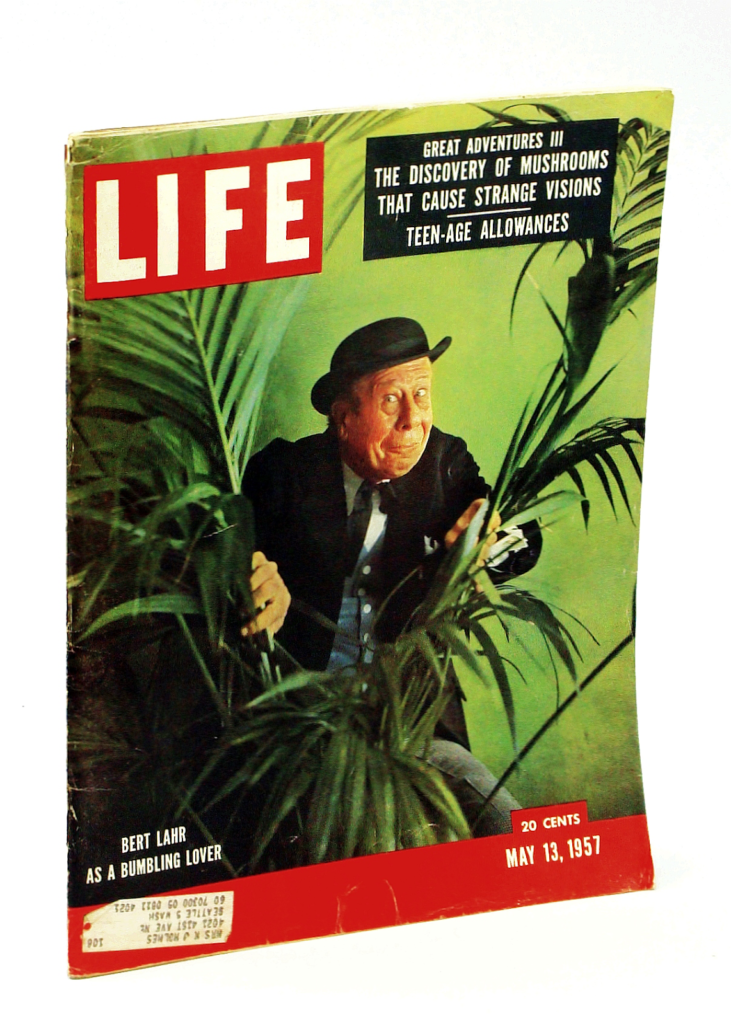
It was around this time that psychedelic substances like Psilocybin mushrooms, LSD, and a lesser known psychedelic substance, Mescaline, were being tested in research labs for their potential medical uses across the country. Before these substances spilled out into the streets and eventually became classified as a schedule one drug in the 1970’s, they had been being tested during the 50’s-60’s for their potential therapeutic purposes. This comes as a big surprise to many people, even current day medical professionals because this is not the narrative that has been told to the public for many years. In fact, according to Dr. Stephen Ross, an addiction psychiatry specialist and psychedelic researcher who practices at Bellevue Hospital Center in New York City, explains in an interview in the book, How to Change Your Mind, by journalist Michael Pollan, that there has been an extensive history of psychedelic research throughout the 1950’s and early 60’s that he was not taught about during his medical studies. He says that after being introduced to the subject from a coworker in the hospital, he started doing research and was absolutely amazed to find out that, “…as an expert on the treatment of alcoholism, he hadn’t been told that his own field had a secret history” (How to Change Your Mind, 141). Ross goes on to say that he felt like an archeologist, uncovering a completely buried body of research on psychedelic substances like Psilocybin mushrooms and LSD. He found that starting in the early 1950’s, there had been 40,000 research participants and more than a thousand clinical papers published on the subject and that there were also six international scientific meetings devoted to psychedelics between 1950 and 1965 (How to Change Your Mind, 141).
Why did Magic Mushrooms Become Illegal?
Aside from the quiet medical research, the Life magazine article was many people’s first exposure to the subject and Wasson’s profound words and experiences intrigued many people and led many of them to have a psychedelic experience of their own. One man who this article especially intrigued was a man named Timothy Leary, a professor of psychology at Harvard University. Leary seeked out his own magic mushroom experience in Mexico and in his experience he recounts that, “I learned that the brain is an underutilized biocomputer…I learned that normal consciousness is one drop in an ocean of intelligence. That consciousness and intelligence can be systematically expanded. That the brain can be reprogrammed.” (How to Change Your Mind, 187). This experience, combined with similar LSD experiences, ignited a flame in him to spread the word about these substances and advocate their potential for better understanding human consciousness, essentially at all cost. In doing this he lost his job and professional credibility, unfortunately as well as the substances themselves, because of his aggressive and unprofessional advocacy for EVERYBODY to use them when the public knew little about what they were (How to Change Your Mind, 198-199). This worried many other scientists actively performing research on these compounds.
In fact, Myron Stolaroff, who was performing clinical research on LSD at a non-profit medical research organization called the International Foundation for Advanced Study at the time, wrote a letter to Timothy Leary saying, “Tim, I am convinced you are heading for very serious trouble if your plan goes ahead as you have described it to me, and it would not only make a great deal of trouble for you, but for all of us, and may do irreparable harm to the psychedelic field in general” (How to Change Your Mind, 199). Not long after this letter was written would we find that Mr. Stolaroff was indeed correct.
The publishing of the Life magazine article coupled with figures like Timothy Leary lead to these substances escaping the safety and control of the research labs and getting out into the unsupervised streets. When this started to happen, horror stories flooded the mainstream media. People were having unregulated and unmonitored experiences with a powerful psychedelic substance that the public knew little about. Given the lack of supervision and proper guidance throughout the experience, some people started having “bad trips” and, in some cases, did dangerous things under a false sense of competence or safety. On the other hand, however, many people had different experiences that left a remarkable impact on their perspectives about consciousness, love, war, and our place in the universe. These powerful experiences made people feel the need to emphasize love and harmony more which led to the ‘hippie’ movement and anti-war movement in the 60’s. This unfortunately led to these psychedelic substances being associated with rebellion and counter culture groups. With this new tainted perception, these substances started to become falsely labeled as incredibly harmful and damaging to your mind.

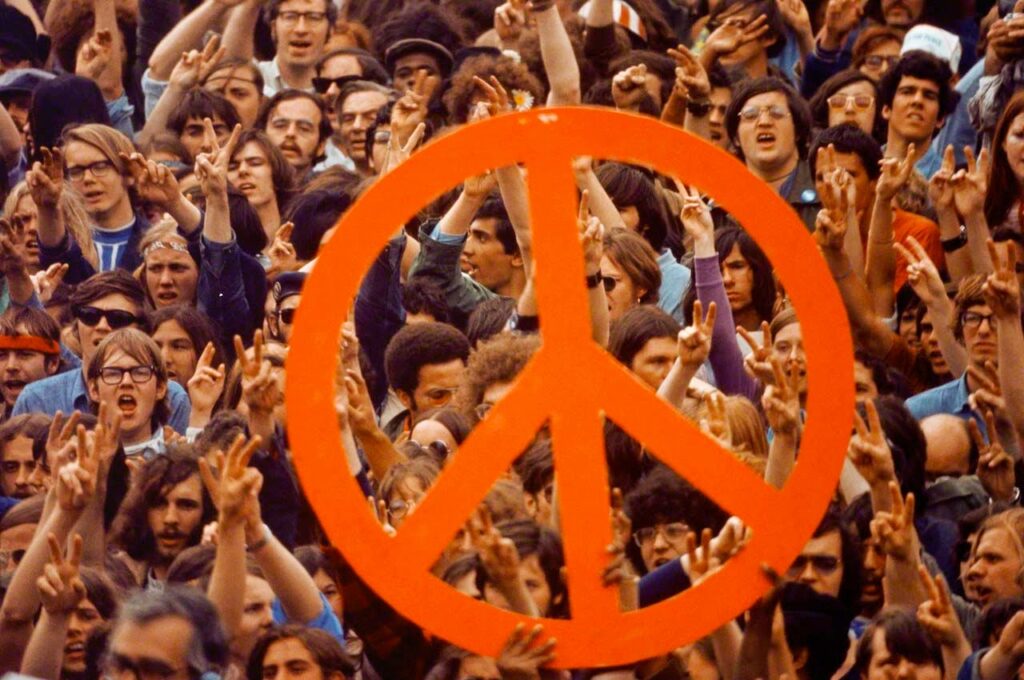
The demonization of these substances, together with the war on drugs movement, resulted in the passing of the Controlled Substances Act of 1970 in which Psilocybin mushrooms and LSD became classified as ‘Schedule One’ substances along with drugs like heroin, cocaine, meth, and more. By definition, a ‘Schedule One’ substance is a substance that is supposed to have no recognized medical potential and have a high potential for abuse. Using and possessing these substances was made a federal crime and still is in many places. This put a screeching halt to a promising line of research being done across the country and effectively demonized these psychedelic substances and disregarded their potential in medicine.
This is very interesting because at the same time very harmful substances such as opiates, amphetamines, and benzodiazepines have had an accepted medical use for decades despite their incredibly harmful and well known side effects. It’s saddening to see that such a unique and profound line of medical research was stopped because it falsely became associated with danger and a counterculture movement; Especially while other harmful and popular street drugs such as opiates and cocaine were, and still are, considered a legitimate and accepted form of medical treatment.

What is the Current Standing on Psilocybin Research?
Psychedelic research has been making a quiet comeback in the past decade, however, and is, once again, showing very promising results for a variety of mental illnesses. The most promising results, however, have been in treating patients with anxiety and depression. A 2016 study performed at NYU school of medicine examining Psilocybin’s effectiveness in treating depression and anxiety in cancer patients showed very promising results. 29 patients with cancer-related distress, mainly anxiety and depression, were given one single dose of Psilocybin. After this dose, it was determined that anti-depressant and anti-anxiolytic effects were seen in 80% of participants and in some subjects, this was sustained for up to 7 weeks, but could potentially act as long as 8 months (Ross et al., 2016). It was later concluded by the researchers that, “Psilocybin, administered in conjunction with appropriate psychotherapy, could become a novel pharmacological-psychosocial treatment modality for cancer-related psychological and existential distress” (Ross et al., 2016).
In another 2016 study, Psilocybin was examined for its effectiveness in treating subjects with treatment resistant depression. This means that the subject has tried at least two other forms of treatment for their depression, both without success. 12 patients with treatment-resistant depression were given two doses of Psilocybin, each a week apart. 4-hour prep sessions were held for each patient in order to make sure they were comfortable with the physiatrist and knew what to expect during the treatment sessions. The psychiatrists emphasized that during the treatment sessions, the patient should use eye shades, wear headphones, and focus on the internal experience that is created by the Psilocybin (Carhart-Harris et al., 2016). It was concluded that all 12 subjects showed a reduction in depression and anxiety severity after 1 week that was sustained in the majority for 3 months. 3 months later, 8 out of the 12 met the threshold for complete depression remission, and 5 out of the 12 were in remission (Carhart-Harris et al., 2016).

In the book How to Change Your Mind, Michael Pollan conducts an interview with the head author and researcher of this specific study, Robin Carhart-Harris. In this interview, Carhart-Harris describes the powerful effects that the Psilocybin experience had on one of the patients. He describes the subject as a severely depressed woman who he had never seen smile throughout the first few meetings with her, but while he was with her during the Psilocybin experience, she smiled for the first time. (How to Change Your Mind, 330). Carhart-Harris says in the interview, “After it was over, she told me that she had been visited by a guardian angel. She described a presence of some kind, a voice that was entirely supportive and wanted me to be well. It would say things like, ‘Darling, you need to smile more, hold your head up high, stop looking down at the ground. Then it reached over and pushed up my cheeks,’ she said, ‘lifting the corners of my mouth’”. (How to Change Your Mind, 330). This woman’s particular depression score dropped from 36 to 4 after the experience. Another woman explained how in the month after her session, she had finally been free from her depression for the first time since 1991 and others described their experience as, “…like a holiday away from the prison of my brain. I felt free, carefree, reenergized.”, and “It was like the light switch being turned on in a dark house” (How to Change Your Mind, 378).
These incredible results have helped lead to the monumental moment in 2018 when the Food and Drug Administration (FDA) designated Psilocybin as a breakthrough therapy. This is a huge step for psychedelic research because breakthrough therapy is only given out to potential treatments that have shown strong preliminary evidence and could have significant benefits in treating certain illnesses. The first FDA breakthrough therapy designation was given for the use of Psilocybin for treatment-resistant depression and the second one was given for the use of treating depressed patients with one single dose of Psilocybin (The FDA is fast-tracking a second Psilocybin drug to treat depression). Another monumental moment for psychedelic medicine happened relatively recently in the 2020 election where two landmark votes were made in Oregon and Washington D.C. in favor of legalizing Psilocybin. Washington D.C voted to decriminalize the substance and Oregon (which has already decriminalized it) voted to approve the legalization of it for therapeutic use!
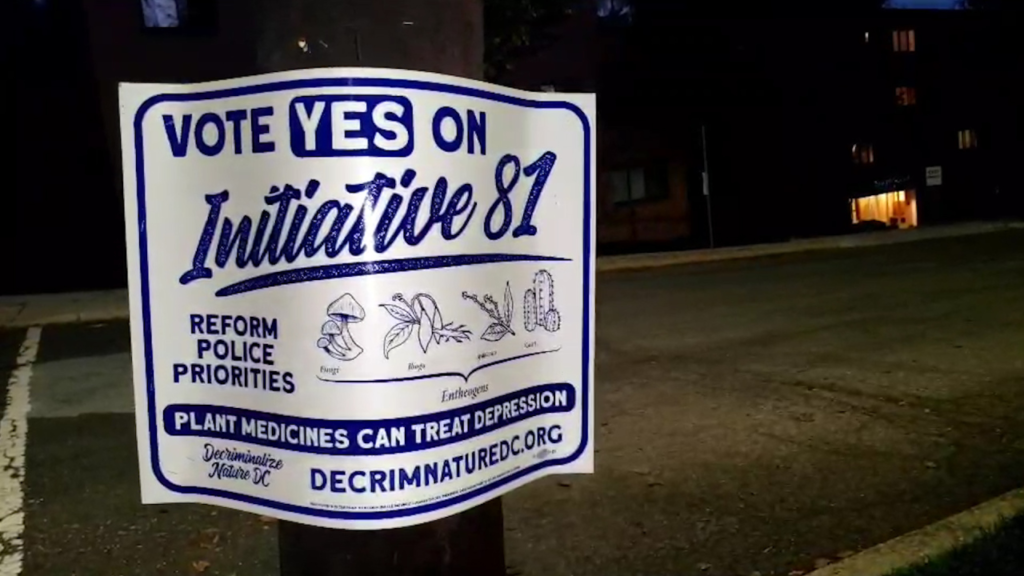
This is a huge step forward for psychedelic medicine being recognized as a legitimate treatment for certain mental illnesses, as well as mental health treatment as a whole. This legalization opens the door for other states to follow in the same direction if the results are as promising as the initial research indicates they will be. It is clear that our current treatment of mental health in this country is very short of where it could be considering that according to Mental Health America, about 45 million Americans are suffering from a mental illness and more than 26 million of those individuals (57%) have mental illnesses that are going untreated (2020 Adult Data). As if that isn’t bad enough, just in the United States alone, serious mental illness causes $193.2 billion in lost earnings each year, and on a global scale the impact is even worse. Depression, which happens to be the leading cause of disability worldwide, along with anxiety disorders, are the reason why the global economy loses $1 trillion in lost productivity each year (NAMI).
Conclusions
If psychedelic therapy is approved for use nationwide, not only will millions of people have access to another, potentially incredibly effective treatment, but in treating these people, a lot of money could be restored to the global economy seeing that it loses $1 trillion attributed to mental illness each year. On top of treating people’s illnesses and restoring money to the economy, legalizing psychedelic substances for medical treatment opens the door for further research about the nature of these mental illnesses and how these substances and the experiences they elicit and teach us more about the nature of our consciousness in general. I believe that it is time to recognize that excluding these substances from legitimate medical research and creating a negative connotation around them was a mistake. Just because these powerful substances may have been mishandled and misrepresented in the past, does not mean that their potential for the exploration of mental illness and human consciousness for the future should be disregarded.
References
Borhegyi, Carl de. HIDDEN IN PLAIN SIGHT, mushroomstone.com/.
Brusco, Robert. “Tripping through Time: The Fascinating History of the Magic Mushroom.” Ancient Origins, Ancient Origins, 1 Feb. 2017, www.ancient-origins.net/history-ancient-traditions/tripping-through-time-fascinating-history-magic-mushroom-007474.
Carhart-Harris RL, Bolstridge M, Rucker J, et al. “Psilocybin with psychological support for treatment-resistant depression: an open-label feasibility study.” Lancet Psychiatry 2016;3:619-627)
Ross, Stephen et al. “Rapid and sustained symptom reduction following psilocybin treatment for anxiety and depression in patients with life-threatening cancer: a randomized controlled trial.” Journal of psychopharmacology (Oxford, England) vol. 30,12 (2016): 1165-1180. doi:10.1177/0269881116675512
Pollan, Michael. How to Change Your Mind: What the New Science of Psychedelics Teaches Us about Consciousness, Dying, Addiction, Depression, and Transcendence. Penguin Books, 2019.
“Mental Health By the Numbers.” NAMI, www.nami.org/learn-more/mental-health-by-the-numbers.
Wasson, R. Gordon. “Seeking the Magic Mushroom.” Www.the-Eye.eu, 13 May 1957, www.the-eye.eu/public/Psychedelics/Psychedelic%20Praxis%20Library%203.0/Collections%20by%20Substance/Psilocybin%20%26%20Mushrooms/1957%20-%20Wasson%20-%20Life%20Magazine%20-%20Secret%20of%20Divine%20Mushrooms%20%28web%29.pdf.
“2020 Adult Data.” Mental Health America, mhanational.org/issues/2020/mental-health-america-adult-data
